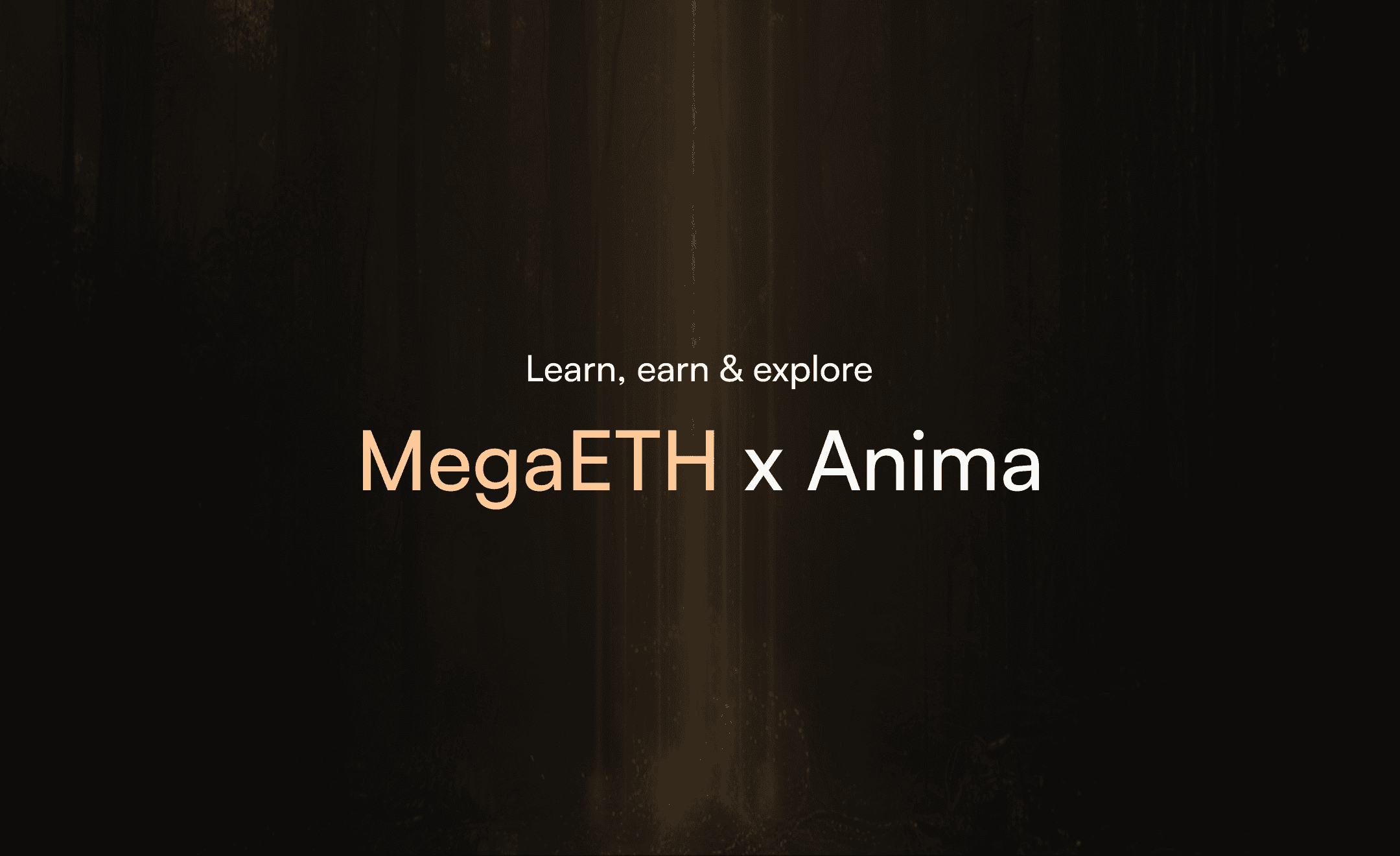The Challenges of Airdrops: Are They Still Worth It?
Airdrops have long been a popular tool for crypto projects to reward early adopters, build communities, and generate buzz.
4 min
read





Airdrops have long been a popular tool for crypto projects to reward early adopters, build communities, and generate buzz. However, with the rapid growth in the number of airdrops, many users are finding themselves frustrated. The effectiveness of these campaigns is being questioned more and more.
Let’s explore some of the key challenges affecting airdrops today:
1. Complex Rules: A Barrier for Newcomers
Airdrops often come with complex and unclear steps that can confuse new users. From connecting wallets to completing specific on-chain actions, or meeting eligibility criteria, the process can be overwhelming. For many newcomers, these complications make participation feel like too much effort, leading to frustration and, ultimately, abandonment of the project.
2. Low Rewards and Long Farming Periods
Some projects demand long farming periods from users, requiring them to interact with the platform for months, only to end up with disappointing rewards. This mismatch between the effort invested and the return received often leaves participants feeling frustrated, undervalued, and demotivated. Over time, this erodes trust in the project and causes a loss of interest, which can significantly damage the project’s reputation.
3. Bots and Sybil Attacks: Undermining Fairness
One of the most significant issues with airdrops is the lack of effective measures to combat bots and Sybil attacks. When bots, which can bypass the system, receive the same rewards as genuine users, it completely devalues the airdrop. Real participants who have followed the rules manually often feel discouraged, thinking: "I did everything manually—why didn’t I just use a bot?" This undermines the fairness of the airdrop and creates long-term trust issues that can be difficult to resolve.
4. Overwhelming Number of Projects
The sheer volume of airdrops today makes it almost impossible for users to participate in all of them. With so many projects running campaigns, it becomes increasingly difficult to determine which ones are worth the time and effort. This requires users to research and analyze each project, a task not everyone has the expertise or time to perform. For many, this oversaturation makes it hard to identify the truly valuable airdrops, adding unnecessary complexity to the process.
5. Token Dilution: A Loss of Value
Some projects distribute massive amounts of tokens via airdrops, which can lead to a dilution of their value, especially if those tokens are widely distributed among farmers and bots. When tokens flood the market, their value drops significantly, and participants end up with assets that are worth little or nothing. This undermines the core purpose of the airdrop. However, some projects, like HyperLiquid, have managed to strike a good balance by rewarding the community generously while maintaining the value of their tokens. This value was maintained because the product is useful and the token has utility.
These projects prove that with proper management, even large-scale airdrops can succeed.
Conclusion
While airdrops remain a popular strategy for user acquisition and engagement, their effectiveness is increasingly being questioned. Complex participation rules, low rewards, bot exploitation, oversaturation, and token dilution have made many users skeptical about their real value.
However, when executed correctly—with clear eligibility criteria, fair distribution mechanisms, and a product that provides genuine utility—airdrops can still be a powerful tool for growth. Projects that prioritize real users over bots and align token incentives with long-term value creation will stand out in an overcrowded market.
One way to achieve this is by using Anima, which allows projects to reward only real, active users while preventing bots from exploiting the system. By ensuring that airdrops reach genuine participants, projects can maintain the integrity of their token distribution and foster a stronger, more engaged community.
Ultimately, the success of an airdrop depends on more than just free tokens—it relies on the strength of the project behind it and the fairness of its distribution.
Airdrops have long been a popular tool for crypto projects to reward early adopters, build communities, and generate buzz. However, with the rapid growth in the number of airdrops, many users are finding themselves frustrated. The effectiveness of these campaigns is being questioned more and more.
Let’s explore some of the key challenges affecting airdrops today:
1. Complex Rules: A Barrier for Newcomers
Airdrops often come with complex and unclear steps that can confuse new users. From connecting wallets to completing specific on-chain actions, or meeting eligibility criteria, the process can be overwhelming. For many newcomers, these complications make participation feel like too much effort, leading to frustration and, ultimately, abandonment of the project.
2. Low Rewards and Long Farming Periods
Some projects demand long farming periods from users, requiring them to interact with the platform for months, only to end up with disappointing rewards. This mismatch between the effort invested and the return received often leaves participants feeling frustrated, undervalued, and demotivated. Over time, this erodes trust in the project and causes a loss of interest, which can significantly damage the project’s reputation.
3. Bots and Sybil Attacks: Undermining Fairness
One of the most significant issues with airdrops is the lack of effective measures to combat bots and Sybil attacks. When bots, which can bypass the system, receive the same rewards as genuine users, it completely devalues the airdrop. Real participants who have followed the rules manually often feel discouraged, thinking: "I did everything manually—why didn’t I just use a bot?" This undermines the fairness of the airdrop and creates long-term trust issues that can be difficult to resolve.
4. Overwhelming Number of Projects
The sheer volume of airdrops today makes it almost impossible for users to participate in all of them. With so many projects running campaigns, it becomes increasingly difficult to determine which ones are worth the time and effort. This requires users to research and analyze each project, a task not everyone has the expertise or time to perform. For many, this oversaturation makes it hard to identify the truly valuable airdrops, adding unnecessary complexity to the process.
5. Token Dilution: A Loss of Value
Some projects distribute massive amounts of tokens via airdrops, which can lead to a dilution of their value, especially if those tokens are widely distributed among farmers and bots. When tokens flood the market, their value drops significantly, and participants end up with assets that are worth little or nothing. This undermines the core purpose of the airdrop. However, some projects, like HyperLiquid, have managed to strike a good balance by rewarding the community generously while maintaining the value of their tokens. This value was maintained because the product is useful and the token has utility.
These projects prove that with proper management, even large-scale airdrops can succeed.
Conclusion
While airdrops remain a popular strategy for user acquisition and engagement, their effectiveness is increasingly being questioned. Complex participation rules, low rewards, bot exploitation, oversaturation, and token dilution have made many users skeptical about their real value.
However, when executed correctly—with clear eligibility criteria, fair distribution mechanisms, and a product that provides genuine utility—airdrops can still be a powerful tool for growth. Projects that prioritize real users over bots and align token incentives with long-term value creation will stand out in an overcrowded market.
One way to achieve this is by using Anima, which allows projects to reward only real, active users while preventing bots from exploiting the system. By ensuring that airdrops reach genuine participants, projects can maintain the integrity of their token distribution and foster a stronger, more engaged community.
Ultimately, the success of an airdrop depends on more than just free tokens—it relies on the strength of the project behind it and the fairness of its distribution.
Our latest articles














